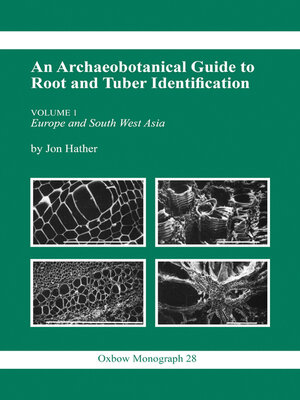
Sign up to save your library
With an OverDrive account, you can save your favorite libraries for at-a-glance information about availability. Find out more about OverDrive accounts.
Find this title in Libby, the library reading app by OverDrive.



Search for a digital library with this title
Title found at these libraries:
| Library Name | Distance |
|---|---|
| Loading... |
Any inference drawn from plain remains recovered from archaeological sites is based on the classes of such remains that are, at present, possible to identify. These are most commonly seeds, the hard parts of some fruits, wood and pollen. If samples contain a high proportion of charred remains that are unidentifiable using present methods of identification, any inference drawn from those remains will be biassed. The charred remains of vegetative organs, roots, tubers, rhizomes, corms etc. are rarely identified from archaeological sites. This is despite the often frequent occurrence of such tissues in archaeological samples. Methods for their identification have not been widely developed, and so it is perhaps understandable that many such remains are wrongly categorized with what really are unidentifiable remains.
This manual, for laboratory use, presents a new methodology for the identification of the charred remains of roots and tubers from archaeological sites. The fresh and charred morphology and anatomy of over seventy taxa are described and fully illustrated with 590 scanning electron micrographs.
This manual, for laboratory use, presents a new methodology for the identification of the charred remains of roots and tubers from archaeological sites. The fresh and charred morphology and anatomy of over seventy taxa are described and fully illustrated with 590 scanning electron micrographs.







